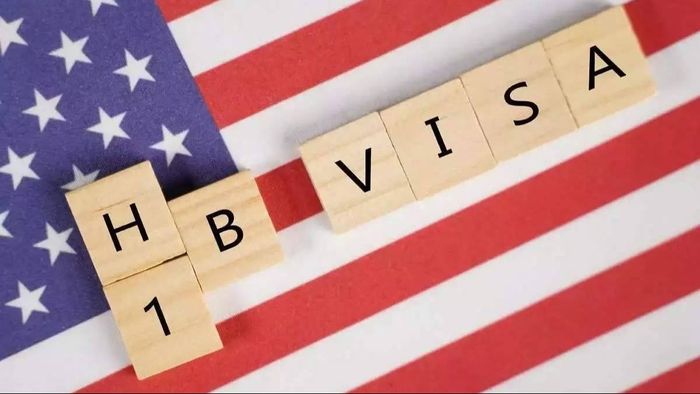US increases H-1B, L-1, and EB-5 visa fees impacting Indians
US government has announced a significant increase in fees for several non-immigrant visas including H-1B, L-1, and EB-5, which are popular among Indians.

- Feb 01, 2024,
- Updated Feb 01, 2024, 1:57 PM IST
The H-1B, L-1, and EB-5 visas—the most sought-after by Indians—among the other non-immigrant visa categories have seen a sharp rise in costs announced by the US.
The first fee increase since 2016 will take effect on April 1, 2024.
Non-immigrant visas such as the H-1B permit US employers to hire foreign nationals for specialised jobs requiring advanced technical or theoretical training. Tens of thousands of workers from China and India are hired by IT businesses every year thanks to it.
Launched by the US government in 1990, the EB-5 programme allows high-net-worth foreign investors to invest a minimum of $5,000,000 in a US firm that supports the creation of 10 employment for American workers, therefore enabling them to receive a US visa for themselves and their family.
The new I-129 H-1B application visa cost will take effect on April 1st and will increase from $460 to $780. Starting in the next year, the H-1B registration fee will rise from $10 to $215.
A government notification released on Wednesday states that the cost of EB-5 visas, often called investment visas, has gone from $3,675 to $11,160, while the cost of L-1 visas has climbed from $460 to $1,385.
The L-1 visa is a non-immigrant visa category in the US that is designed for intracompany transferees. It allows multinational companies to transfer certain employees from their foreign offices to work in the US temporarily.
The fee adjustments, as well as changes to the forms and fee structures used by United States Citizenship and Immigration Services (USCIS), will result in net costs, benefits, and transfer payments, the Department of Homeland Security said in its federal notification.
For the 10-year period of analysis of the rule (FY 2024 through FY 2033), the US Department of Homeland Security (DHS) estimates the annualised net costs to the public will be $157,005,952, discounted at three and seven per cent.
Estimated total net costs over 10 years will be $1,339,292,617 discounted at three per cent and $1,102,744,106 discounted at seven per cent.
DHS contended that the final rule's modifications will benefit both it and petitioners and applicants for immigration benefits in a number of ways.
The government stands to gain from decreased administrative burdens and fee processing mistakes, enhanced adjudicative process efficiency, and improved capacity to evaluate service costs for future laws that better match fees.
Reduced fee processing errors, enhanced adjudicative process efficiency, simplified fee payment procedures for certain forms, removal of the $30 returned cheque fee, and, for many applicants, restricted fee increases and additional fee exemptions to lessen fee burdens are the main advantages to the petitioners/applicants.
In many categories, the federal notification has made a minor reduction in visa application fees as well.